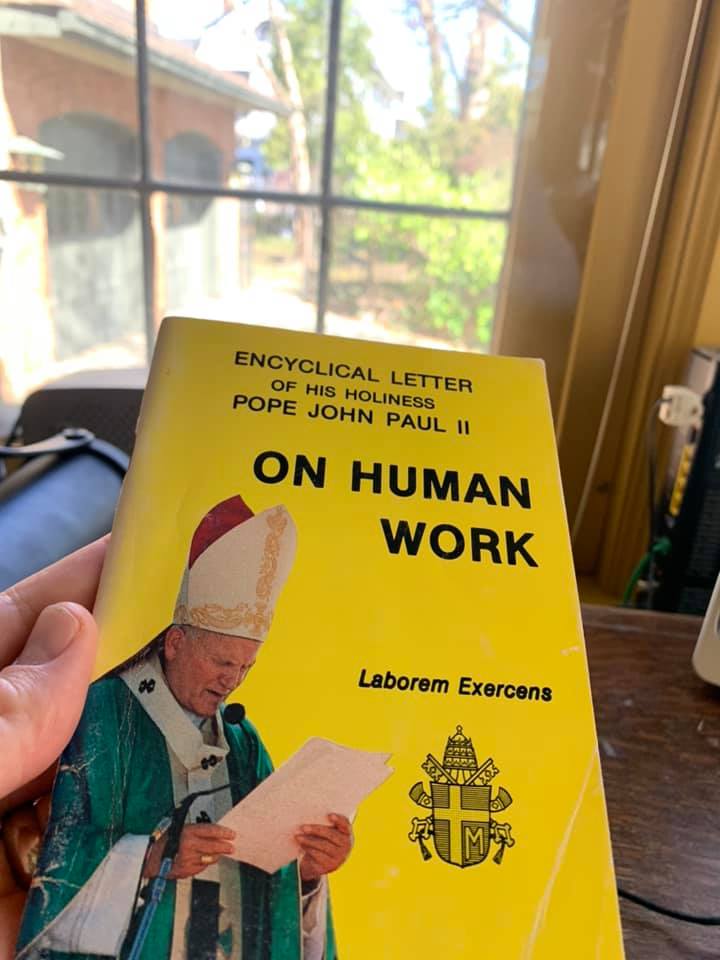Breathe into me, Holy Spirit,
that my thoughts may all be holy.
Move in me, Holy Spirit,
that my work, too, may be holy.
Attract my heart, Holy Spirit,
that I may love only what is holy.
Strengthen me, Holy Spirit,
that I may defend all that is holy.
Protect me, Holy Spirit,
that I may be holy.
With celebrating the feast of the Ascension yesterday we now turn to preparing for the Pentecost. I figure it is a very good thing to do since the Gifts of the Holy Spirit are quite important to our daily spiritual life. We ought to beg the Holy Spirit to pour out His 7 gifts daily.





